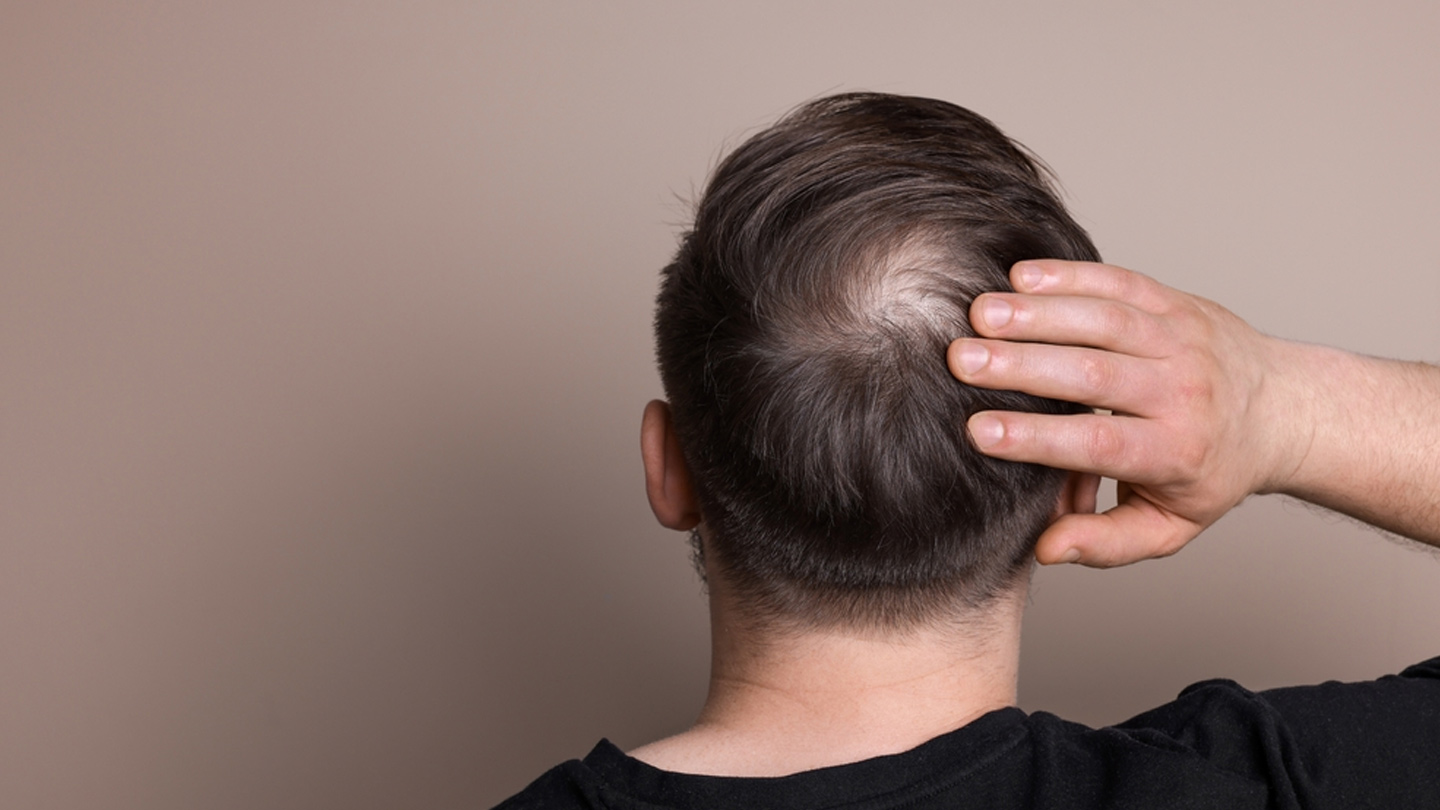Medical
How To Track Ovulation—And Why Doing So Is Essential
Ovulation is a marker for a healthy menstrual cycle. Whether you want to conceive or generally keep good health, here’s everything you must know about how to track your ovulation.

Ovulation is one of the most important processes of the female body. Recent evidence supports the role of ovulation as a sign of health, says The Linacre Quarterly, 2017. “Ovulation is a biomarker that can help prevent, diagnose, and treat different pathologies related with endocrine disorders, gynecological abnormalities, autoimmune, genetic, and neoplastic diseases,” says the report.
“Healthy ovulation is a key part of getting pregnant, but it is more than that. It provides the body the much-needed levels of progesterone and estrogen, hormones that play a role well beyond fertility—such as keeping cholesterol under control, managing bone health and mood swings,” says Dr Vimee Bindra, Consultant Gynaecologist, Laparoscopic Surgeon and Infertility Specialist, Apollo Hospitals, Hyderabad.
What is ovulation?
Ovulation is when a mature egg is released from the ovary and is picked up by the fallopian tube. It usually occurs 12-15 days before the start of your next menstrual cycle.
How long does ovulation last?
Ovulation happens when LH (Luteinizing Hormone) surges and it happens once in a cycle, it lasts for 12 – 24 hours. Luteinizing hormone is made in the pituitary gland and triggers the release of an egg from the ovary.
What are the symptoms of Ovulation?
There are several changes which can predict ovulation
- Cervical mucus changes
- Increased sensitivity towards some senses like taste and smell
- Breast tenderness and soreness
- Mild lower abdominal pain
- Increased desire to have sex
- Mild spotting or bleeding
- Change in basal body temperature
- Nausea and headache
What are the signs you should watch out for during ovulation?
- Spotting or bleeding related to ovulation is harmless. However, if you experience unusual or heavy bleeding, see your doctor.
- It is also common to experience ovulation pain– also known as mid-cycle pain. Occuring in the lower abdomen, just inside the hip bone, seek medical advice if your ovulation pain lasts longer than three days.
How do you know when you’re ovulating?
1. Basal body temperature
Also called as BBT, this is the temperature of your body at rest. As you get closer to ovulation there is a slight decrease in BBT followed by a sharp increase of about 0.4 to 1.0 degrees immediately after ovulation. Usual BBT averages between 97.2 and 97.6 degrees. You can track your basal body temperature over several months to know whether you are ovulating.
2. Menstrual calendar
It is a simple way of tracking your cycles and ovulation. Record your days when your starts and ends.. Normal menstrual cycles range between 22 to 35 days if you are ovulating regularly. Ovulation happens 14 days prior to the expected date of the next period. Some symptoms of ovulation are an increase in cervical mucus, breast tenderness, mood changes, appetite changes, bloating and fluid retention.
3. LH kit or fertility kit
Ovulation kits measure your luteinizing hormone (LH) levels in urine. Ovulation happens 10 – 12 hours after LH peak happens usually on the 14th or 15th day of your cycle if you have a regular 28 day cycle.
4. Follicular monitoring
It can be done by measuring the size of follicles via ultrasound. Mature egg is released once the dominant follicle reaches the size of 18-20mm.
- What is an anovulatory cycle?
When your body doesn’t release an egg from the ovaries, that menstrual cycle is known as an anovulatory cycle. Hormonal imbalances are a common cause of an anovulatory cycle. The reason for a hormonal imbalance could range from using hormonal birth control, conditions like polycystic ovary syndrome, being underweight or overweight, exercising excessively, or experiencing significant stress.
- Can you ovulate late in your cycle?
Yes. Ovulation after the 21st day of cycle is labelled as late or delayed ovulation. There can be several reasons for delayed ovulation such as PCOS, stress, anxiety, some medications (long-term use of nonsteroidal anti-inflammatories (such as Advil or Motrin), and breastfeeding.
- Can you get pregnant if you’re not ovulating?
It is not possible to get pregnant if there is no ovulation as there will be no egg to be fertilized by the sperm in that cycle.
How do ovulation calculators work? How can one calculate?
Calculating ovulation is important if you are planning pregnancy or want to avoid pregnancy. It also helps to keep a check on certain ovulation symptoms such as spotting and pain.
To calculate ovulation, you should remember the first day of your last period. You should also know your average cycle-length such as 28 or 30 days—that is the difference between two cycles. Once you know the length of your menstrual cycle (first day of your last period, to the first day of your next), from this figure subtract 14 days from the end of your current cycle to determine the approximate day you ovulate.
To get more accurate readings you should follow the same process for 4-5 months and calculate your average cycle length. “But remember these are only rough estimates and your dates may differ. Follow the fertile window for better outcomes be it trying for pregnancy or avoiding pregnancy,” says Dr Bindra.
EXPLORE MORE
A sprain isn’t “just a sprain.” Here’s what your ankles wish you knew.
Your body whispers before it screams. Here are the early heart disease warning signs most people overlook until it’s too late.
Baldness isn’t just about ageing; it’s a complex condition influenced by biology, habits, and health. Understanding it is the first step toward managing it.
Breast cancer before 40 is rare, but not impossible. Know these warning signs so you can spot them well in time.







.jpg)


